Slot-Die Coating in Pharma and Medtech: A Comprehensive Guide for Lab-Scale R&D Applications
Introduction to Slot-Die Coating in Pharma and Medtech
Are you working in pharmaceuticals or medtech and in need of precise, scalable coating solutions? Whether you're developing drug-eluting stents, diagnostic strips, or biosensors, precision coating is essential to ensure performance, reliability, and consistency.
Slot-die coating, a technology long valued in industrial manufacturing, is now transforming laboratory-scale research and development. Its ability to deliver uniform, controlled thin films enables researchers to accelerate product development while minimizing material waste. This guide explores how lab-scale slot-die coating, in both sheet-based and roll-to-roll (R2R) configurations, empowers innovation in pharmaceutical and medical device development.
Ready to explore how this powerful technology can elevate your R&D? Let’s dive in.
Understanding Lab-Scale Slot-Die Coating for R&D
At its core, slot-die coating offers precise control over film thickness, spanning nanometers to micrometers, and is compatible with a wide range of formulations—from aqueous solutions to complex emulsions and polymer blends. In an R&D context, this precision is invaluable when working with costly active pharmaceutical ingredients or sensitive biological compounds. Unlike traditional techniques such as dip coating, spraying, or spin coating, slot-die coating minimizes variability and maximizes repeatability. A typical lab-scale setup includes a slot-die head integrated with syringe or gear pumps that feed the coating fluid at controlled rates. This allows researchers to fine-tune key parameters like flow rate, substrate speed, and coating gap to achieve the desired film characteristics.
Key Benefits of Slot-die Coating for R&D:
Precise control over coating thickness (nanometers to micrometers)
Uniform film formation across various substrates
Compatibility with aqueous and organic formulations
Rapid iteration for formulation and process optimization
Discover how pristine clean surface coating eliminates defects by applying functional layers onto untouched substrates. Ideal for medtech, solar cells, OLEDs, and advanced electronics.
Sheet Coating: From Formulation Testing to Prototype Development
One of the primary advantages of lab-scale slot-die coating is the flexibility it offers in testing and development. In sheet coating configurations, the technology is used to coat flat substrates such as glass slides, silicon wafers, polymer films, or metal foils. This is particularly useful for early-stage testing of formulation behavior including viscosity, surface energy interaction, coating uniformity, and drying characteristics. For instance, a pharmaceutical company developing a transdermal patch might prepare coated sheets to examine how different polymer-drug blends influence drug distribution, adhesion, and release profiles. By changing the coating gap or pump rate, researchers can rapidly iterate through different film thicknesses and compositions with minimal material usage.
Roll-to-Roll Coating: Accelerating Scale-Up from R&D to Manufacturing
As projects mature and move toward scale-up, many researchers transition from sheet-based methods to roll-to-roll (R2R) configurations, where flexible substrates are coated continuously as they unwind from and rewind onto rolls. This setup more closely mimics industrial production and allows for more extensive testing of process parameters such as line speed, web tension, and drying profiles. For example, a medtech firm working on flexible biosensors can use lab-scale R2R systems to evaluate the uniformity and electrical properties of sensor layers over long substrate lengths, gaining insights that inform pilot production. R2R systems also accommodate inline drying or curing modules, such as hot-air ovens, infrared heaters, and UV curing units, which are crucial for solidifying coatings without degrading sensitive biomolecules.
What is roll-to-roll processing, and why is it revolutionizing the way we make flexible devices?
Applications in Drug Delivery, Diagnostics, and Devices
Slot-die coating has found utility across a broad range of pharmaceutical and medtech applications. In diagnostics, the ability to deposit functional layers onto microfluidic chips or lateral flow membranes ensures consistent reagent placement and optimal assay performance. For example, nitrocellulose strips coated with capture antibodies via slot-die provide better batch-to-batch consistency than manually applied coatings.
In drug delivery, the technique is used to apply drug-polymer matrices onto films for controlled-release patches or implantable systems. By adjusting the formulation and thickness, developers can fine-tune release kinetics and drug load efficiency. In oral and topical delivery systems, slot-die coating can be used to apply protective or functional layers that control drug release or enhance barrier properties.
In the medtech field, slot-die coating enables the creation of drug-eluting coatings on miniature implants, such as stents, where uniformity is critical to therapeutic performance. It is also used to fabricate biosensors and microfluidic devices by depositing catalytic or conductive layers onto flexible substrates, enhancing device sensitivity and robustness. Moreover, bioactive or antimicrobial coatings applied to surgical meshes or wound dressings can improve clinical outcomes by reducing infection risks or promoting healing.
Considerations for Pharmaceutical and Medical Applications
Formulation Compatibility: Many formulations involve viscous solutions, suspensions, or emulsions; thus, viscosity control and formulation stability are vital for consistent coating.
Material Compatibility: Substrates need to be compatible with the coating formulations, especially for sensitive biomaterials or bioactive substances.
Drying and Curing: Lab setups often incorporate UV curing, thermal drying, or solvent evaporation tailored to the specific formulation.
Regulatory and Quality: Even in R&D, maintaining strict control over coating parameters ensures data reproducibility and supports scale-up.
Learn the complete process of creating uniform thin films using a slot-die coater.
Formulation and Substrate Considerations
Successful slot-die coating in pharmaceutical and medical contexts depends heavily on understanding formulation behavior and substrate compatibility. Many pharmaceutical formulations are viscous or contain suspended particles, which can pose challenges in maintaining flow uniformity and preventing nozzle clogging. Therefore, precise control of formulation rheology and pump calibration is essential. Similarly, the substrate’s surface energy, porosity, and chemical resistance must be considered to ensure proper adhesion and coating functionality. Drying and curing steps must also be carefully controlled to avoid damaging sensitive materials while achieving the necessary solidification or crosslinking. In many cases, regulatory considerations begin at the R&D stage, making it vital to ensure that coating processes are reproducible and well-documented to support future clinical or commercial development.
Accelerating Development and Scaling with Slot-Die Coating
Lab-scale slot-die coating bridges the gap between initial experiments and industrial manufacturing by providing a repeatable, customizable, and scalable platform. Whether used for flat sheet testing or continuous roll-to-roll development, it empowers researchers to optimize their formulations, create realistic prototypes, and simulate production environments early in the development cycle. This not only reduces time-to-market but also improves product quality and performance.
Your coating process is only as good as the slot-die head that delivers it. Our guide helps you evaluate your needs and choose the right slot-die head for optimal quality, efficiency, and cost-effectiveness. Read the selection guide here.
Conclusion: Slot-die Coating for Pharma and Medtech Innovation
For organizations involved in pharma and medtech innovation, integrating lab-scale slot-die coating into their R&D workflow offers a strategic advantage. By enabling better control over the coating process, reducing material waste, and supporting scalable development paths, this technology plays a vital role in translating scientific discoveries into functional medical products.
If you’re interested in customizing a slot-die system tailored to your application—from patch development to biosensor fabrication—feel free to reach out and start a conversation with our team.
Get Professional Support for Your Coating Needs
Need help with slot-die coating, coating machines, or any related applications?
Contact infinityPV’s experts today for professional guidance and support.
Related Articles
Related Products
Laboratory Roll-to-Roll Coater
A compact and modular high precision roll-to-roll slot-die coater that transforms the way thin functional films are printed and coated.
LR2RC500 Bundle
Probably the world’s most compact R2R slot-die coater. A compact, fully integrated R2R coater that fits on a workbench, in a fume hood or a glovebox.

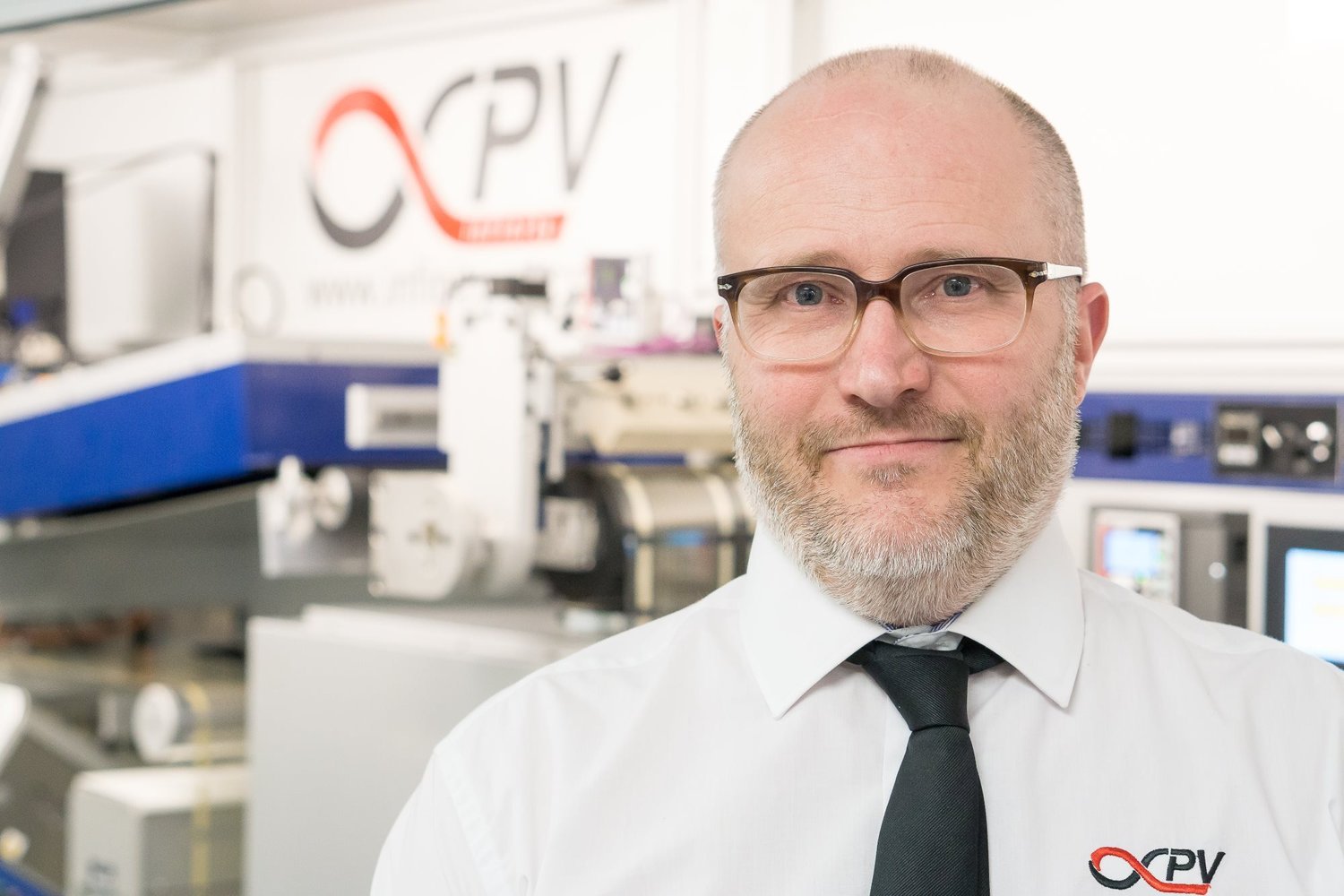

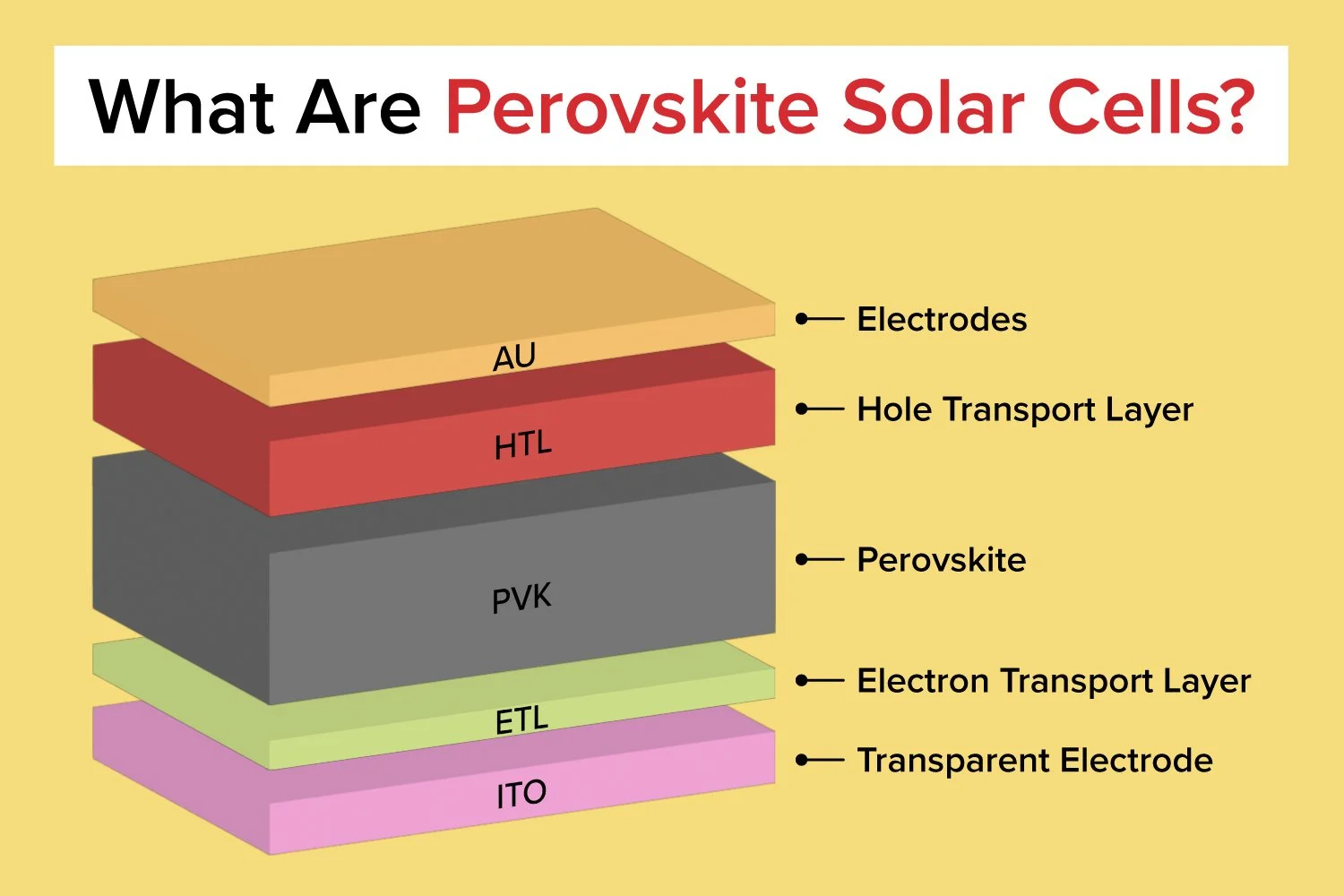
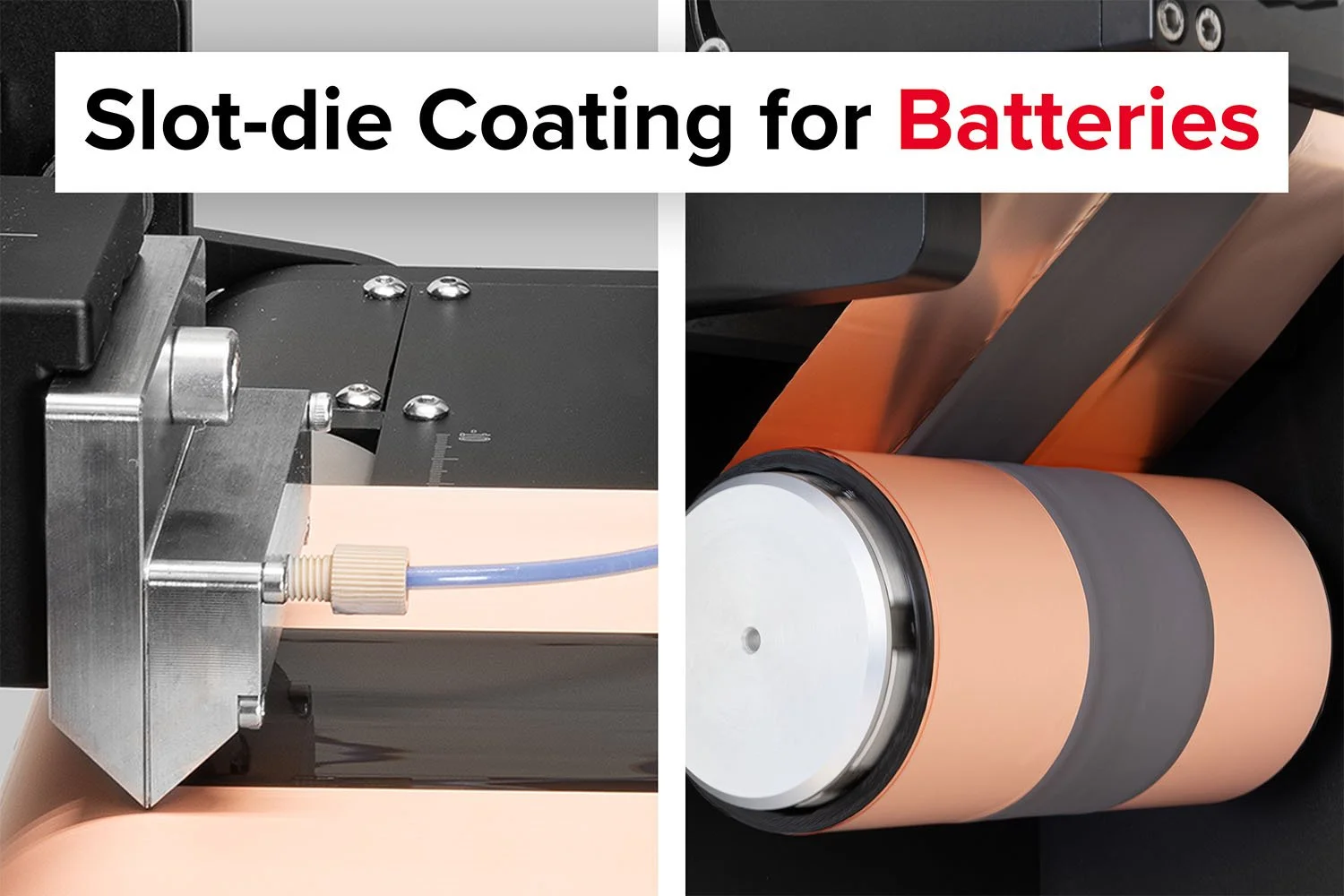







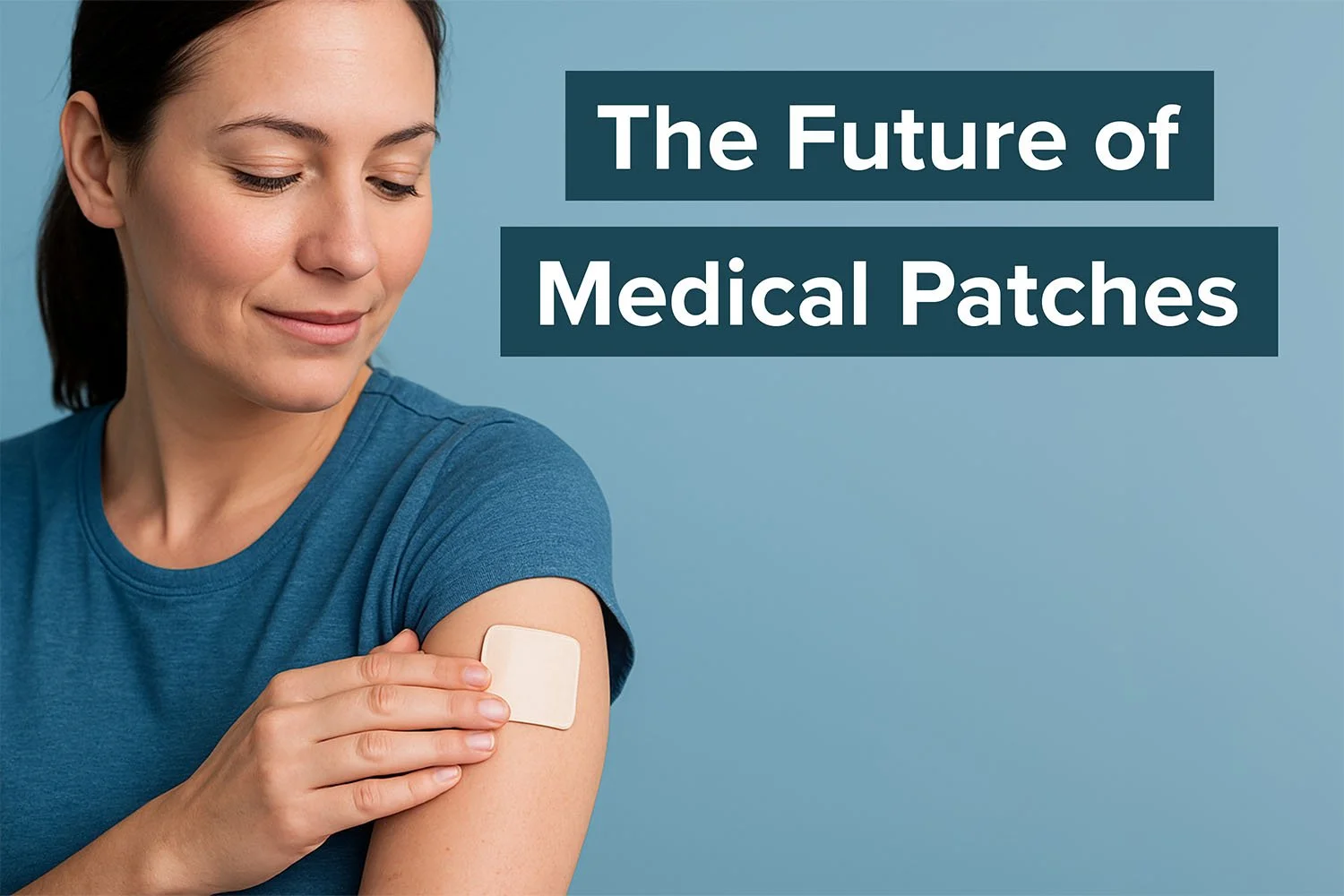

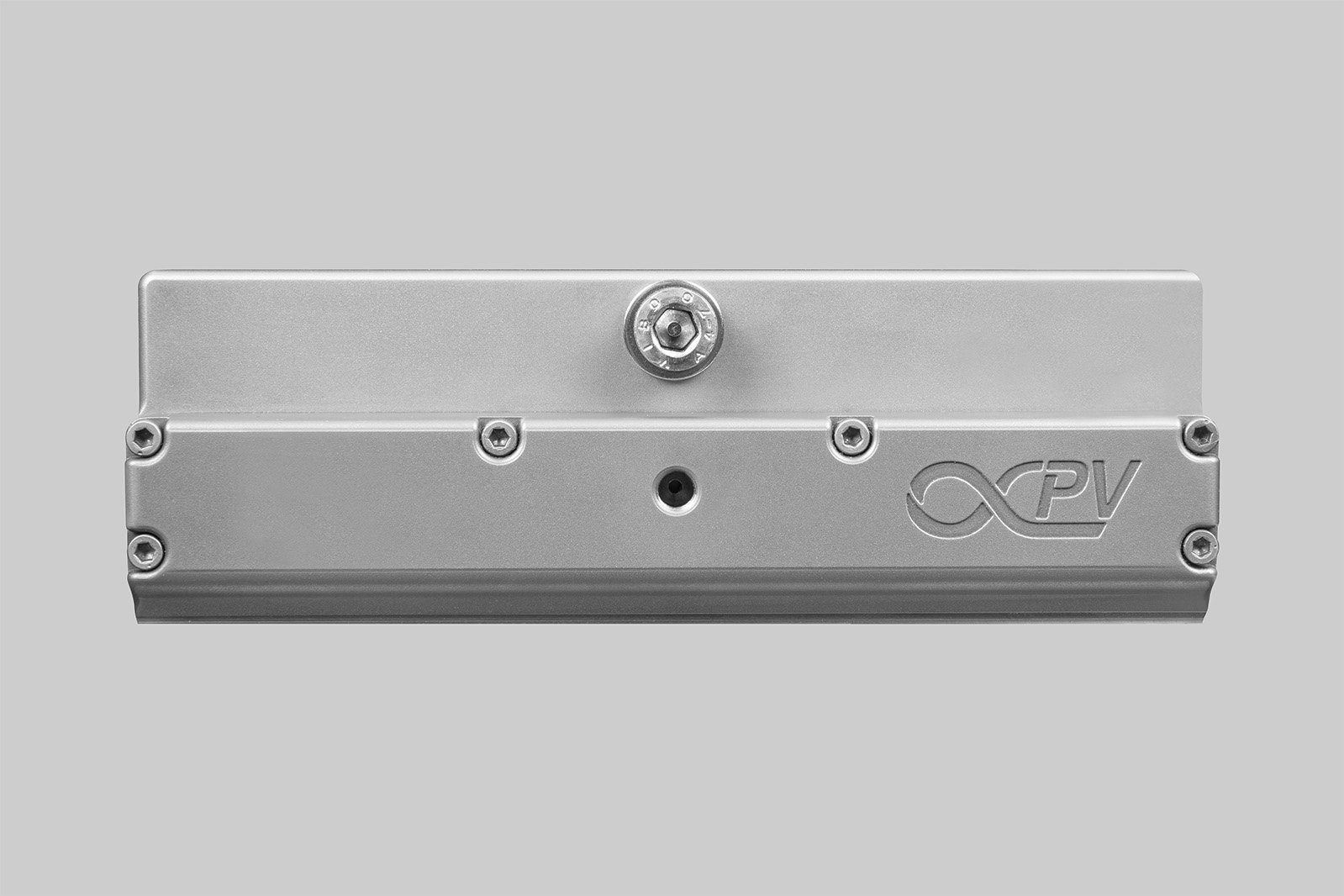

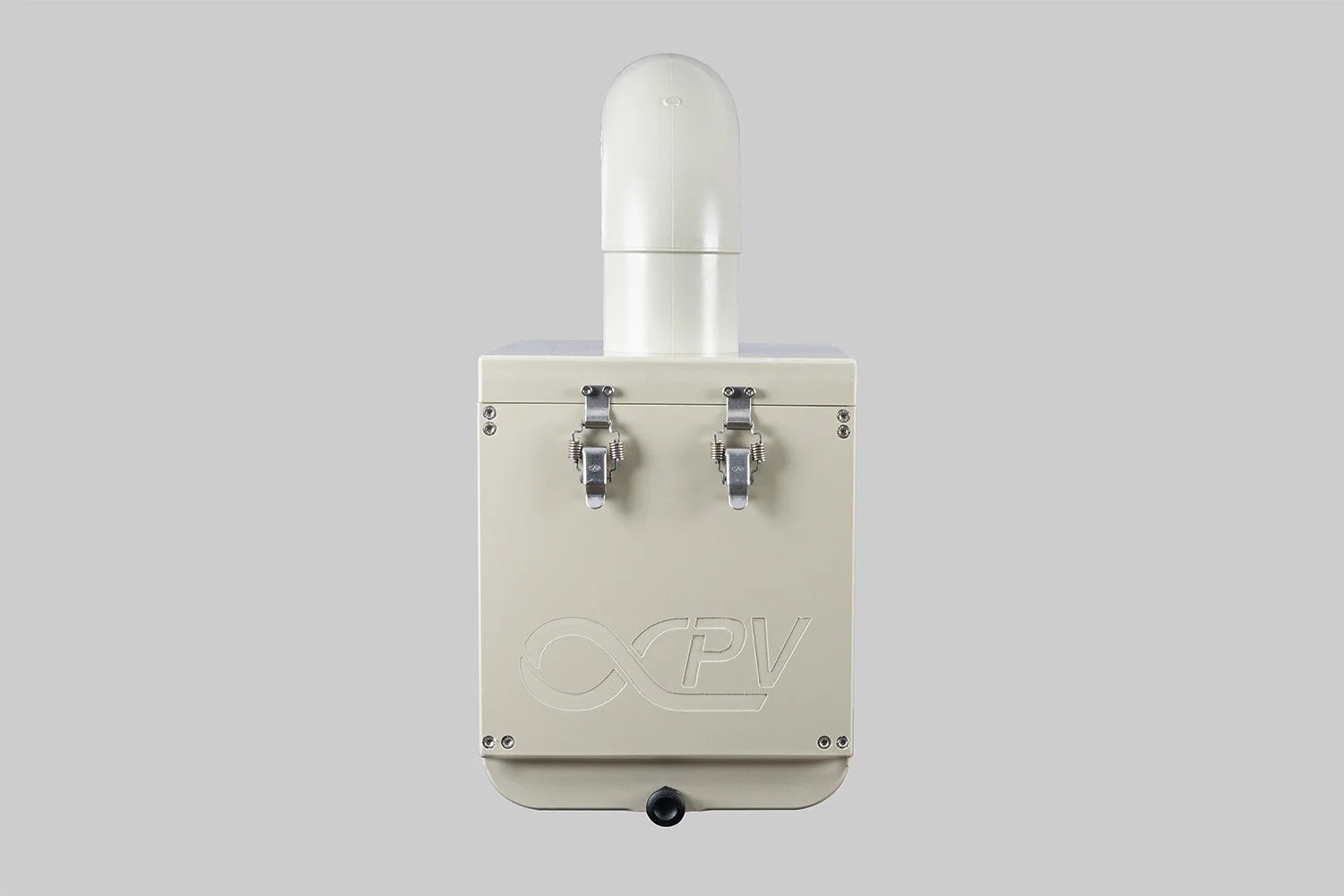



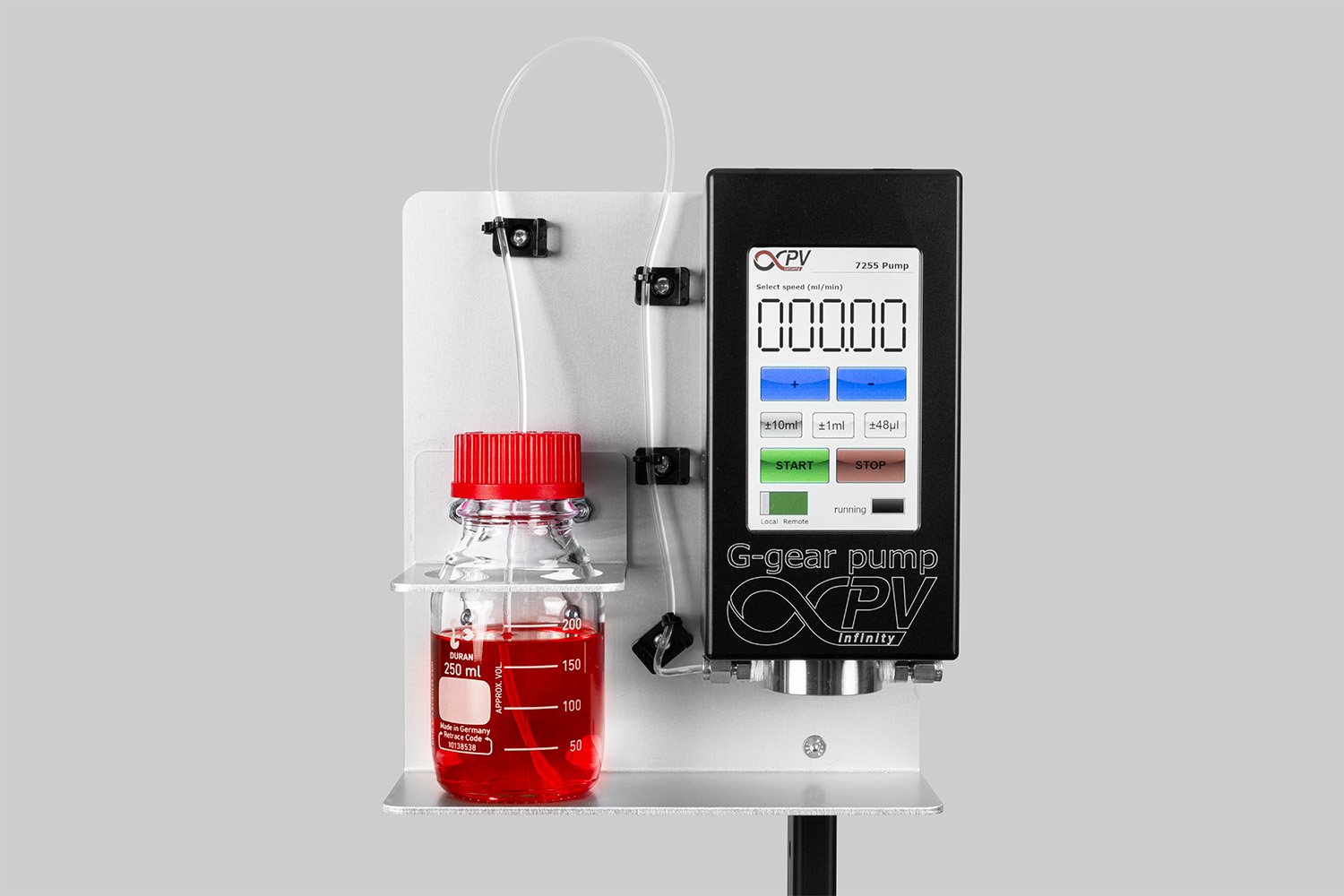


Probably the World’s Most Compact R2R Slot-die Coater: A compact, fully integrated roll-to-roll coating platform for laboratories, complete with a mounting system, anodized rollers, a syringe pump, a 65 mm stainless slot-die head and an infrared oven system—delivering unmatched precision and scalability.